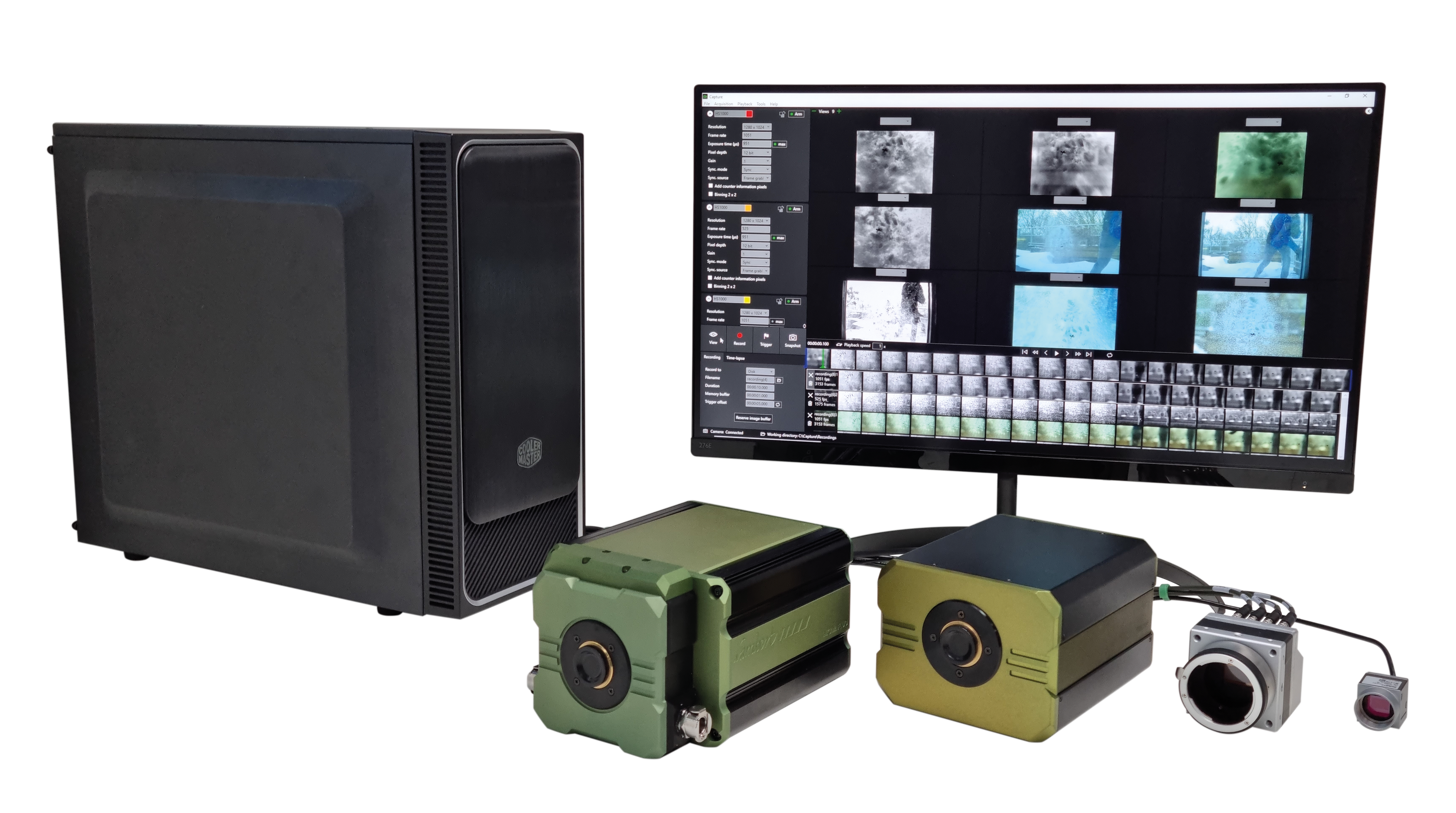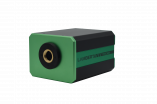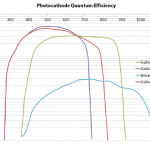Fluorescence camera TRiCAM
TRiCAM from Lambert Instruments is a high-performance, yet compact fluorescence camera that is connected to fluorescence microscopes. Like HiCAM Fluo, its exposure time can be adjusted down to the nanosecond range to image even the fastest phenomena. By using high-quality Gen II or Gen III amplifiers, recordings down to the detection of single photons are possible. The amplifiers can be adapted to the respective application (UV to NIR) by a range of possible photocathodes.
The main difference between the TRiCAM(Time-Resolved intensifed CAMera) and the HiCAM Fluo is the built-in synthesizer with lock-in acquisition, which allows time-domain and frequency-domain recording. This allows even the fastest processes to be captured, monitored and evaluated.
Due to its adaptability, the TRiCAM is very versatile. In particular, it is suitable for applications where special requirements apply, such as very low light conditions or for extremely fast or dynamic processes with very high frequencies.
The TRiCAM can also be used as a high-speed shutter by gating. This reduces the effective exposure time and eliminates motion blur.
There are three options for this:
In Burst Mode, the camera’s response is preset to a certain number of synchronization signals. As soon as this number (between 1 and 1000000) is reached, further signals are ignored.
In cycled gating, the gate setting is changed between every two consecutive shots, which can happen within nanoseconds. Previously, up to three different gating settings can be saved for this purpose.
For the multiple exposure mode (Multiple Exposures), a single synchronization pulse generates a predefined number of output signals (between 1 and 1000000). The frequency of this output pulse train can be between 0.05 Hz and 4 MHz.
The TRiCAM has a compact aluminum housing and is very convenient to use. Thanks to universal connections, it can be used together with almost all fluorescence microscopes. The accompanying software controls the camera and measurement parameters, as well as data processing, amplifier power and gating.
Applications
- Time-resolved imaging and spectroscopy
- Single-molecule / single-photon imaging
- FLIM (Fluorescence Lifetime-Imaging Microscopy)
- FRET (Förster Resonance Energy Transfer)
- PIV (Particle Image Velocimetry)
- LIF (Laser Induced Fluorescence)
- DOT (Diffuse Optical Tomography)
- Imaging of processes in bio/chemoluminescence, plasma physics, or combustion analysis.
Specifications
| Models | TRiCAM G 40n | TRiCAM G 2n |
|---|---|---|
| Min. gate width (FWHM) | 40 ns | Gen. II: <3 ns Gen. III: 5 ns |
| Max. repetition frequency | 100 kHz | 300 kHz |
| Gate pulse width control | 40 ns to 5 s, 20 ns resolution | <3 ns to 10 s 10 ps resolution |
| Gate delay time control | 0 - 5 s 20 ns resolution | 0-10 s 10 ps resolution |
| Dead time after trailing edge | 200 ns | 100 ns |
| Pulse generator resolution (jitter) | 20 ns (10 ns) | 10 ps (<35 ps) |
| Trigger input | TTL | |
| Output A/B pulse width control | 0 | 5 ns to 10 s 10 ps resolution |
| Output A/B delay control | n. a. | 0 - 10 s 10 ps resolution |
| Interface | USB 3.0 | |
| Programmable gate trains | n. a. | Available |
Software & accessories
- Capture Software
- LIFA Software
STAMINA

STAMINA from Lambert Instruments is, like LIFA, a complete system. However, up to nine cameras can be used simultaneously. At the same time, the user-friendly software is compatible with a wide range of cameras and offers the option of easily integrating your own cameras into the imaging system.
STAMINA can also be inversely integrated into existing setups using API (Application Programming Interface) with compatible platforms MATLAB, LabView or Python3 (64-bit).
STAMINA synchronizes recordings so that all imaging data is streamed directly to disk, making only disk space a limitation.
Almost any camera can be integrated into the STAMINA setup, both an in-house Lambert Instruments product and an existing camera.



